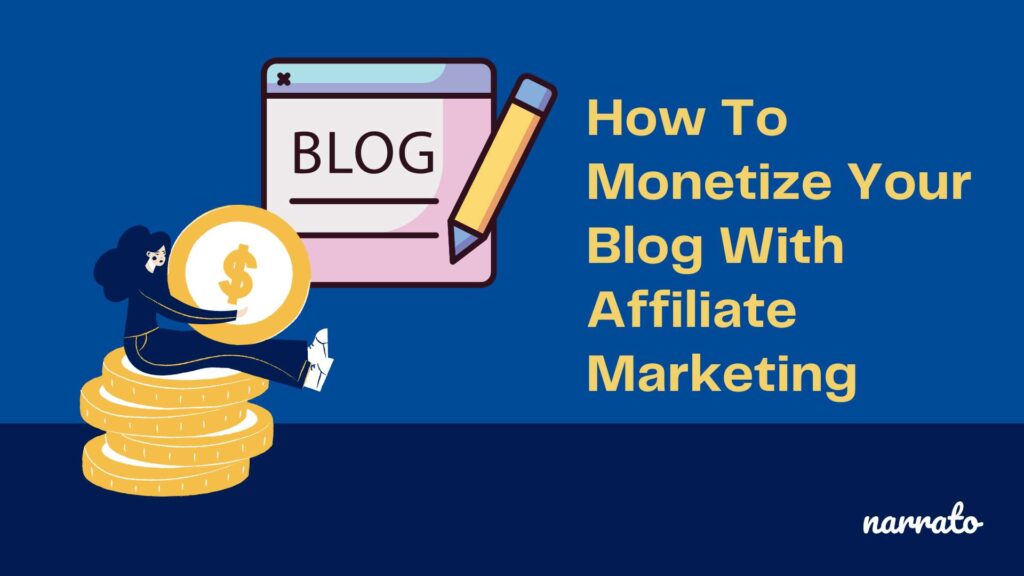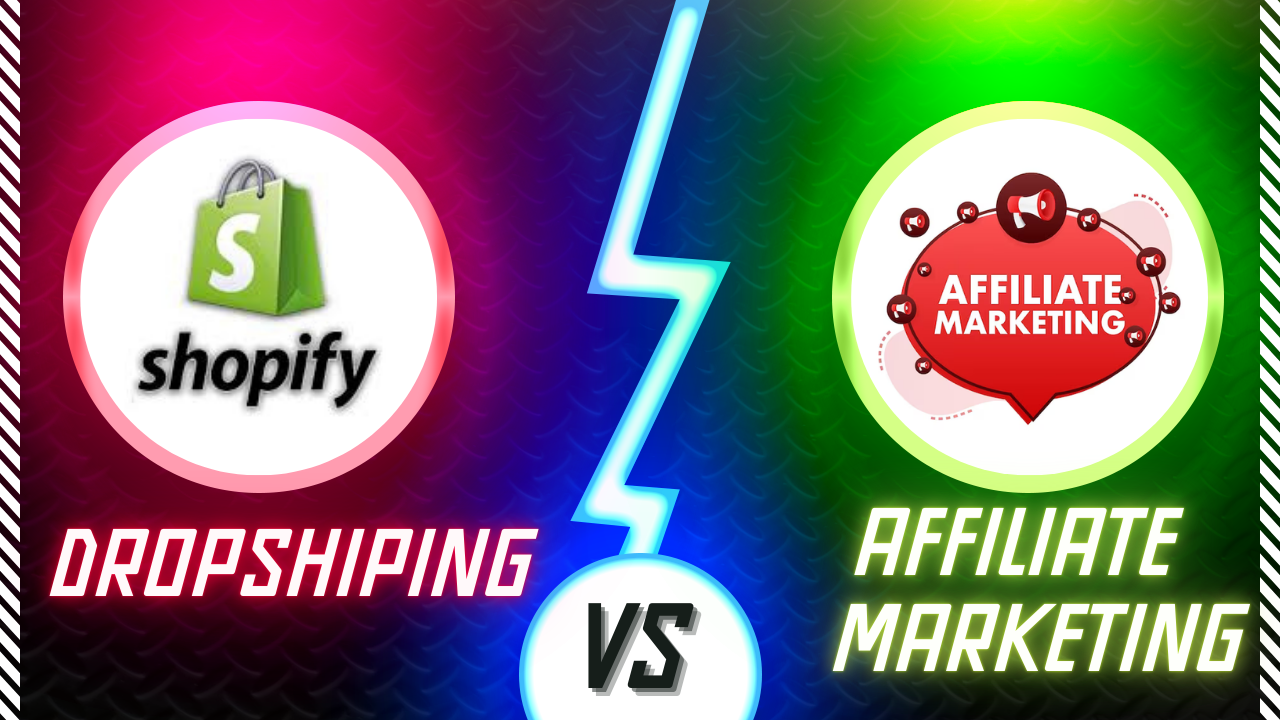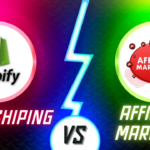Table of Contents
Introduction
In 2025, blogging remains one of the most powerful ways to share your ideas, connect with an audience, and even create a successful online business. With billions of people online, there is a massive opportunity to build a blog that can generate income, establish authority in a niche, and become a go-to resource for valuable information. If you’ve ever wondered how to start a blog, now is the perfect time. Let’s explore the essential steps to get your blog up and running in 2025!
Choosing Your Niche for Blogging

Before you dive into setting up your blog, it’s important to decide on the niche that best suits your interests and expertise. Your niche is the specific topic or theme that your blog will focus on, and it will help define your target audience.
Defining Your Niche and Target Audience
To choose the right niche, think about what you’re passionate about and how you can create value for your readers. Your niche should ideally address a specific need, problem, or interest that people are actively searching for. It’s also important to consider the target audience you want to reach – understanding their interests and pain points will help you craft relevant content.
Popular Blogging Niches in 2025
Some of the most popular blogging niches in 2025 include:
- Health and wellness (e.g., fitness, mental health, diet tips)
- Personal finance (e.g., budgeting, investing, saving)
- Technology (e.g., gadgets, AI, reviews)
- Lifestyle (e.g., travel, personal development, home improvement)
- Parenting (e.g., tips, advice, family life)
While these niches are popular, it’s essential to narrow down to a specific topic within the broader niche to target a focused audience.
Importance of Passion and Expertise
While picking a profitable niche is important, it’s equally crucial that you’re genuinely interested in the topic. Blogging requires consistency and effort, and if you’re not passionate about your niche, it can be difficult to sustain your motivation over time.
Selecting a Blogging Platform
Once you’ve chosen your niche, the next step is selecting a platform to build your blog. The platform you choose will affect the functionality, appearance, and growth of your blog.
Popular Platforms in 2025

- WordPress.org – This is the most popular blogging platform, offering flexibility, a wide variety of themes, and control over customization. It’s self-hosted, which means you’ll need to get your own hosting service, but it’s worth it for the control and scalability it offers.
- Blogger – A free platform owned by Google, ideal for beginners. It offers fewer customization options compared to WordPress, but it’s a simple starting point for those who want to blog without a significant upfront investment.
- Wix – Known for its drag-and-drop website builder, Wix is another beginner-friendly option. It provides templates that make it easy to design your blog without coding.
- Squarespace – A paid platform that offers beautiful, customizable templates and is excellent for bloggers looking for a polished, design-forward site.
Pros and Cons of Each Platform
- WordPress: Full control, extensive features, but requires more technical knowledge.
- Blogger: Easy to use, free, but limited features and customization.
- Wix and Squarespace: Great for beginners, more intuitive design tools, but less flexibility and scalability for growth.
Choosing the Best Platform
If you’re serious about blogging and want to build a long-term business, WordPress is usually the best choice. If you’re just starting and want something quick and easy, Blogger, Wix, or Squarespace could be great alternatives.
Setting Up Your Blog
Now that you’ve selected a platform, it’s time to set up your blog. Here are the steps:
Choosing a Domain Name and Hosting Provider
Your domain name is the web address where people will find your blog (e.g., www.trustazaam.com). Choose a domain name that’s short, memorable, and reflects your niche.
You’ll also need a web hosting service to store your blog files. Popular hosting services for WordPress include Bluehost, SiteGround, and HostGator.
Installing Your Blogging Platform
Once you’ve secured your domain and hosting, installing WordPress is simple. Most hosting providers offer one-click installations for WordPress, making it easy to get started.
Customizing Your Blog’s Theme and Layout
Next, pick a theme for your blog. There are thousands of free and paid themes available that can change the appearance and layout of your site. Choose a theme that’s visually appealing, mobile-friendly, and easy to navigate.
Creating High-Quality Content
Content is the heart of your blog. Without quality content, your blog won’t attract or retain readers. Here are some key tips for creating high-quality blog posts:
Importance of Creating Valuable, Original Content
Your content should provide value to your readers. Whether you’re offering solutions to problems or sharing insightful information, your blog posts should be helpful, informative, and original. Avoid copying content from other blogs – readers can tell when content is not genuine.
Understanding Your Audience’s Needs
Think about the questions, challenges, and interests your target audience has. Tailor your content to answer their questions or solve their problems. Use tools like Google Trends or Answer the Public to find topics that people are searching for.
Tips for Writing Engaging Blog Posts
- Use catchy headlines and subheadings (H2s) to organize your content.
- Break your content into easily digestible paragraphs.
- Add images, infographics, and videos to make your posts visually appealing.
Optimizing Your Blog for SEO
To drive traffic to your blog, it’s crucial to optimize your content for search engines. SEO (Search Engine Optimization) helps your blog rank higher in Google search results, making it easier for people to find your content.
Keyword Research and On-Page SEO Techniques
Research keywords that your target audience is searching for using tools like SEMrush or Google Keyword Planner. Use these keywords naturally in your blog posts, titles, and meta descriptions.
Optimizing Images, Meta Descriptions, and URLs
Ensure your images are compressed and optimized for fast loading. Write compelling meta descriptions that summarize the blog post and include your target keyword. Make your URLs short and descriptive.
Monetizing Your Blog

There are several ways to make money from your blog. Here are some common methods:
- Affiliate Marketing: Promote products or services and earn a commission for every sale made through your affiliate links.
- Display Ads: Use networks like Google AdSense to place ads on your blog and earn money based on impressions or clicks.
- Selling Products or Services: Offer digital products (e.g., eBooks, courses) or physical products related to your niche.
- Sponsored Posts: Partner with brands for paid collaborations and sponsored blog posts.
Promoting Your Blog
Once your blog is live and you have content published, it’s time to promote it.
Social Media Marketing and Email Marketing
Share your blog posts on platforms like Facebook, Twitter, and Instagram to drive traffic. Build an email list by offering freebies like eBooks or checklists in exchange for email signups.
Networking with Other Bloggers and Influencers
Collaborate with other bloggers in your niche. Guest post on other blogs, participate in blogger groups, and connect with influencers who can help you promote your content.
Tracking Your Blog’s Success
Use tools like Google Analytics to track your blog’s traffic and performance. This will help you see which content is performing best and where your traffic is coming from.
Conclusion
Starting a successful blog in 2025 is an exciting venture, but it requires careful planning and dedication. From choosing your niche to optimizing your content for SEO, every step plays a critical role in building a blog that resonates with your audience. By following these steps, you’ll be on your way to creating a blog that not only attracts visitors but also turns them into loyal readers and customers.





